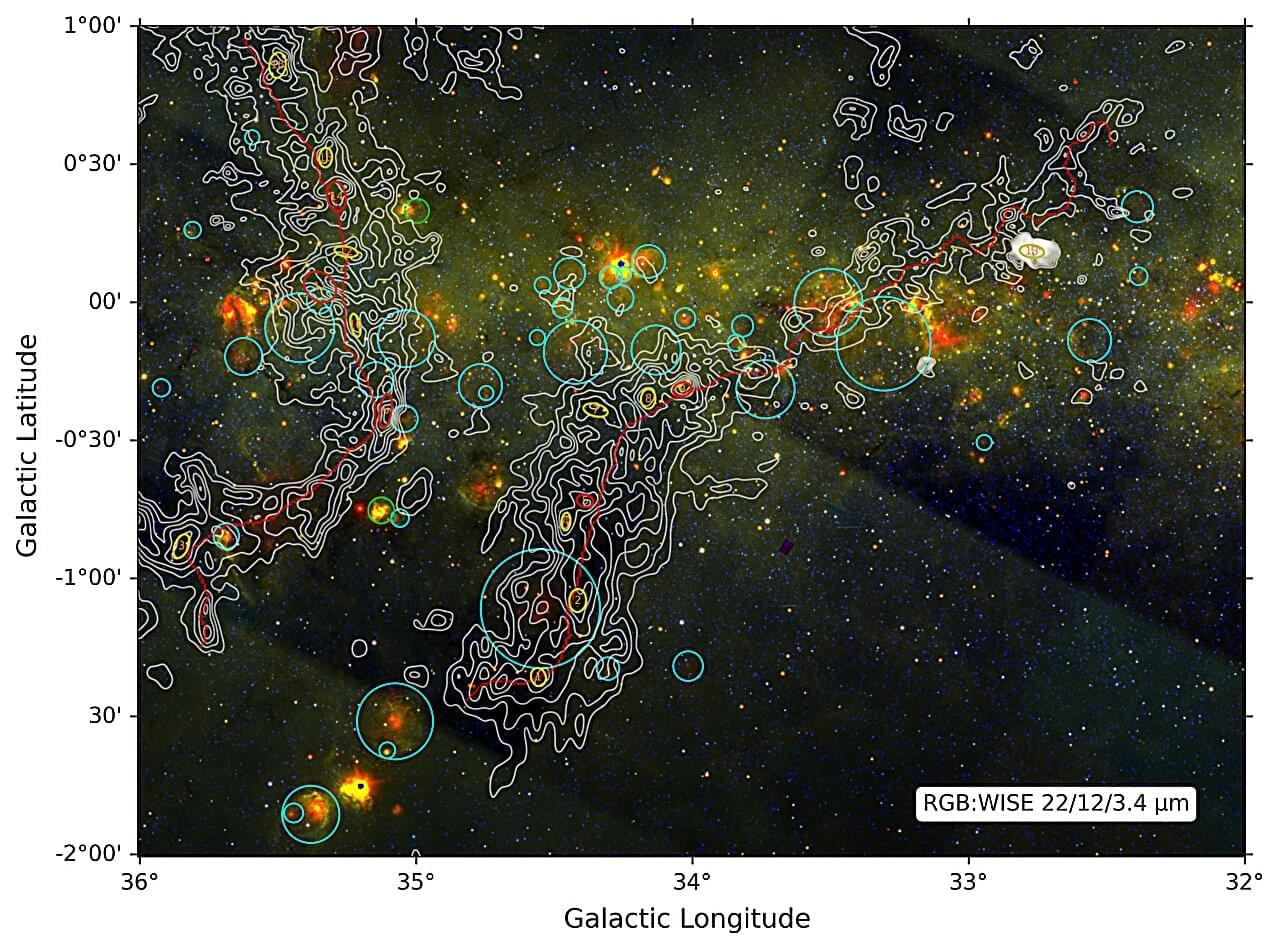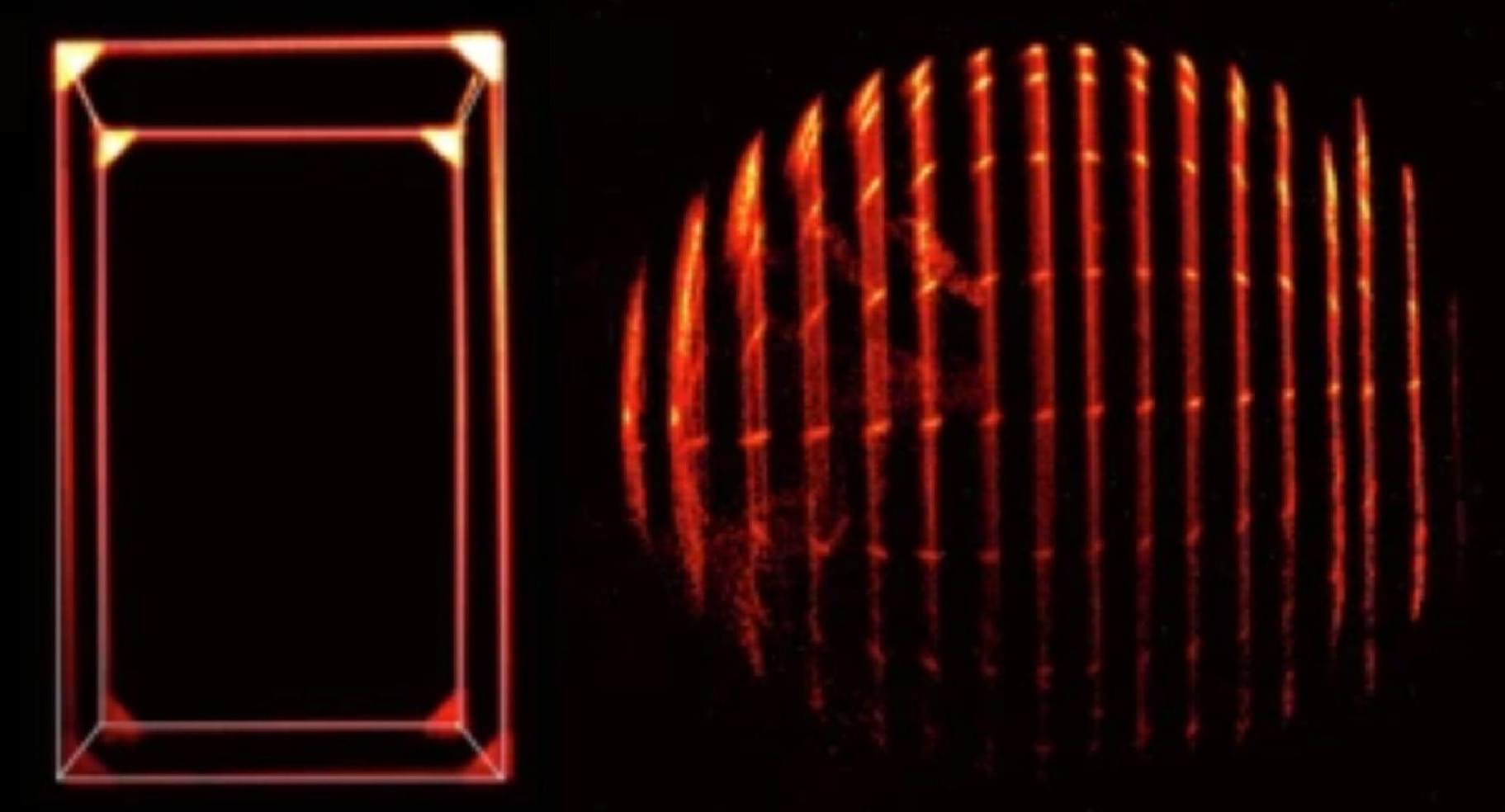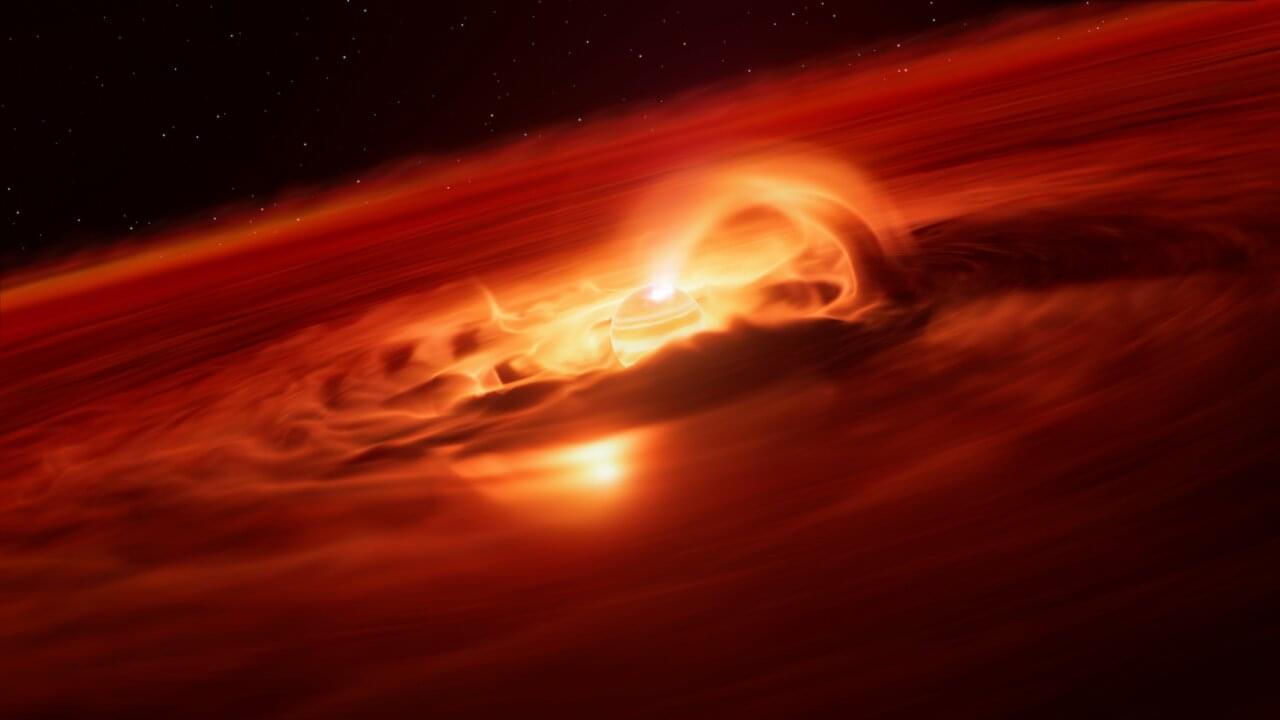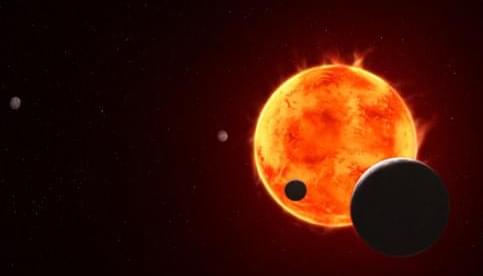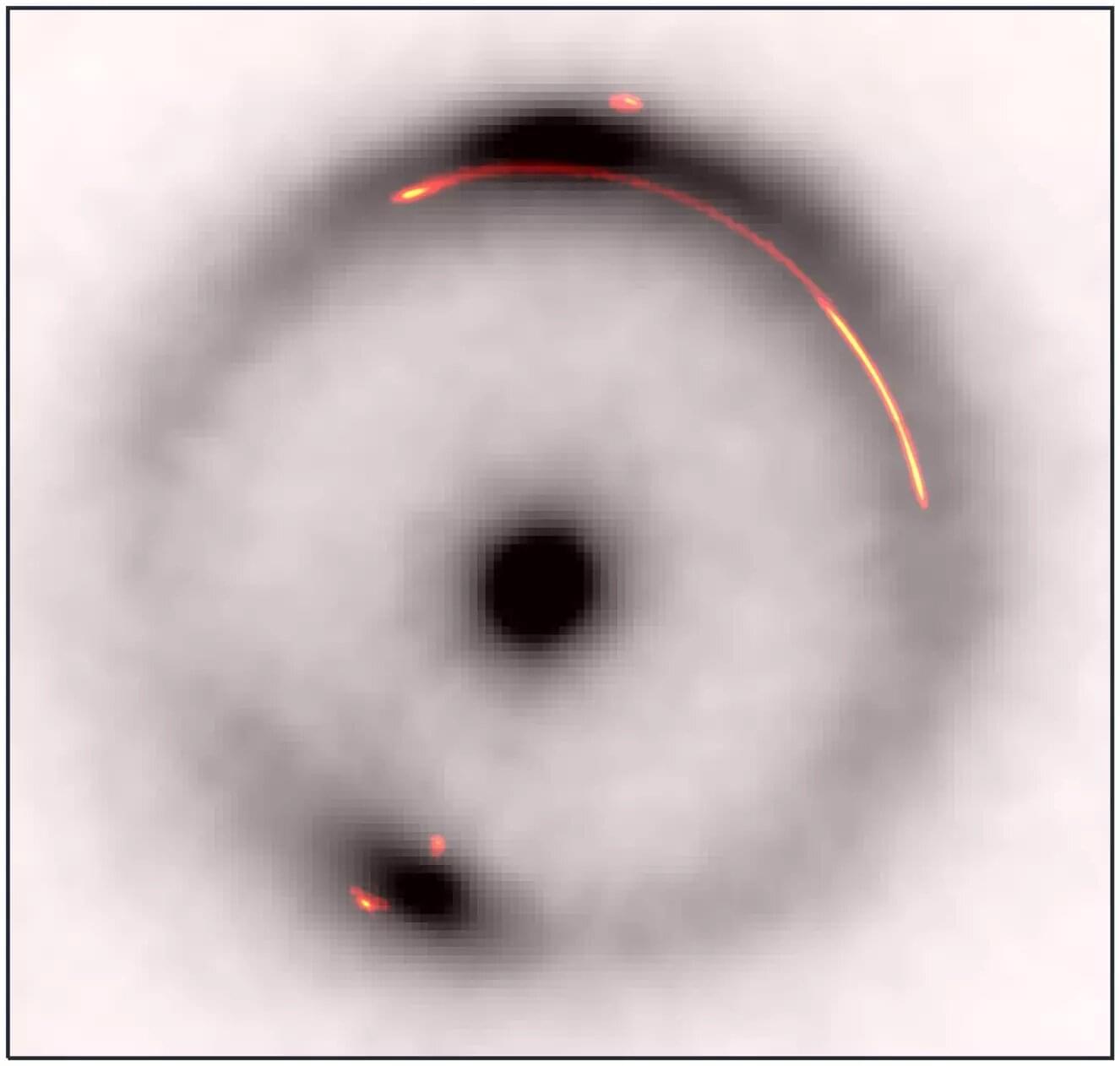Using CO (J=1–0) molecular line data obtained from the 13.7-meter millimeter-wave telescope at the Purple Mountain Observatory’s Delingha Observatory, Sun Mingke, a Ph.D. student from the Xinjiang Astronomical Observatory of the Chinese Academy of Sciences and his collaborators conducted a systematic study of the galactic molecular cloud G34. They revealed the collisional signatures and dynamical mechanisms of filamentary structures in this region. The results are published in Astronomy & Astrophysics.
Star formation is one of the key processes that drive the evolution of galaxies and the interstellar medium. Recent observations and theoretical studies suggest that interactions and collisions between large-scale filamentary structures may play an important role in triggering high-mass star formation.
In this study, the researchers identified two giant filaments, designated F1 and F2, in the G34 region. By analyzing their spatial distribution and velocity field, the researchers found clear evidence of ongoing collisions between the filaments.
